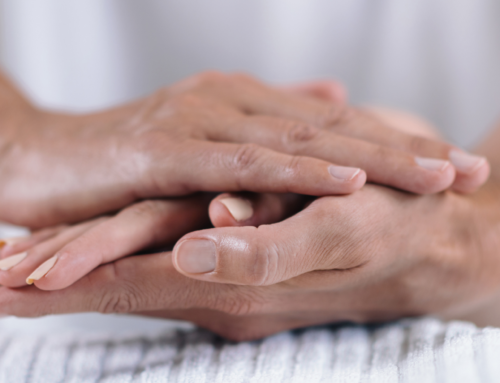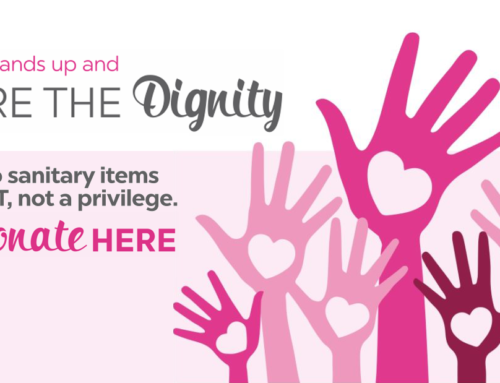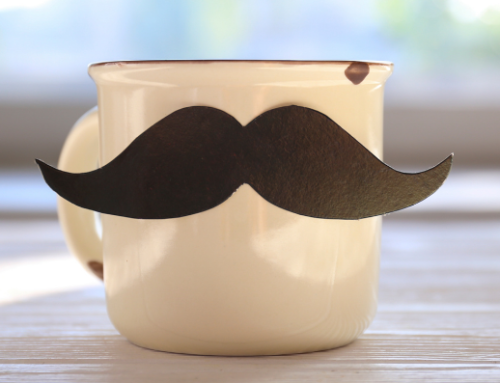Osteopath George Asproukos explains.
It’s something we get asked a lot in clinical practice – is an ice pack or heat the best approach for treating an injury? The answer is you need to tailor your approach according to how the soft tissue appears when you examine it.
When to fetch an ice pack
If the affected area is RED, HOT or SWOLLEN, then the best approach is to follow the R.I.C.E.R acronym – Rest, Ice, Compression, Elevation, and Referral.

Rest – stop the activity immediately to avoid further injury,
Ice – applying an ice pack wrapped in a cloth to the affected area. A general guide is to apply ice for 10 minutes for every 1hour, for the first 24-48 hour period.
Compression – apply a bandage to the affected area to control swelling and bleeding. Be careful not to apply the bandage so tight that it’s painful.
Elevation – helps reduce bleeding and swelling.
Referral – make an Osteopathic appointment to specifically treat the condition.
The “self-care” approach to R.I.C.E.R is best used within a 48-hour window of the initial point of injury. It is a very good pain reliever, controls excessive swelling and reduces blood pooling which can add days or even weeks to the healing process.
When to turn up the heat
If your injury is not red, hot and swollen, then heat is the best option. When we apply heat, we are trying to improve blood flow to the injury site, ease contracted muscles and alleviate stress on associated joints and ligaments. This should serve to decrease symptoms and improve the function of the affected area.Heat may be applied in many ways, for instance; creams and ointments; a poultice; a shower and/or bath; gentle specific range movement exercises; or any combination of the above. Heat is more commonly used with people who have sub-acute or chronic injuries. These are injuries that have been around longer than a week or two and might have been subject to ongoing wear and tear, or re-injury.

It’s important to note that these self-care strategies are not a substitute for a comprehensive treatment approach. They are guidelines, designed to help people at the point of injury, or with managing the ongoing effects of an injury. It’s very important to seek out professional help if the symptoms persist or if they substantially affect your ability to carry out your day-to-day activities.
Whatever your self-management strategy – R.I.C.E.R or heat – an Osteopath can undertake a more thorough examination and diagnosis of your injury should you be concerned about it.
In most cases of acute injury, research suggests that, once the 48 hour period has passed, starting a series of controlled range of motion exercises and gradual weight-bearing activities helps get patients back on their feet sooner. With sub-acute or chronic injuries, the best practice is to get the person back to pre-injury levels of activity, although this sometimes means a carefully staged process of gentle increases in exercise and activity.
If you haven’t tried Osteopathy before, CALL US on (02) 9708-4338 to find out how we can make a difference.
Most patients quickly recognise the difference between Osteopathy and other forms of Manual Therapy and this difference is what has made
Bankstown Health the premier complementary health service in the Bankstown area.
Make an appointment TODAY or Call us on 9708 4338





